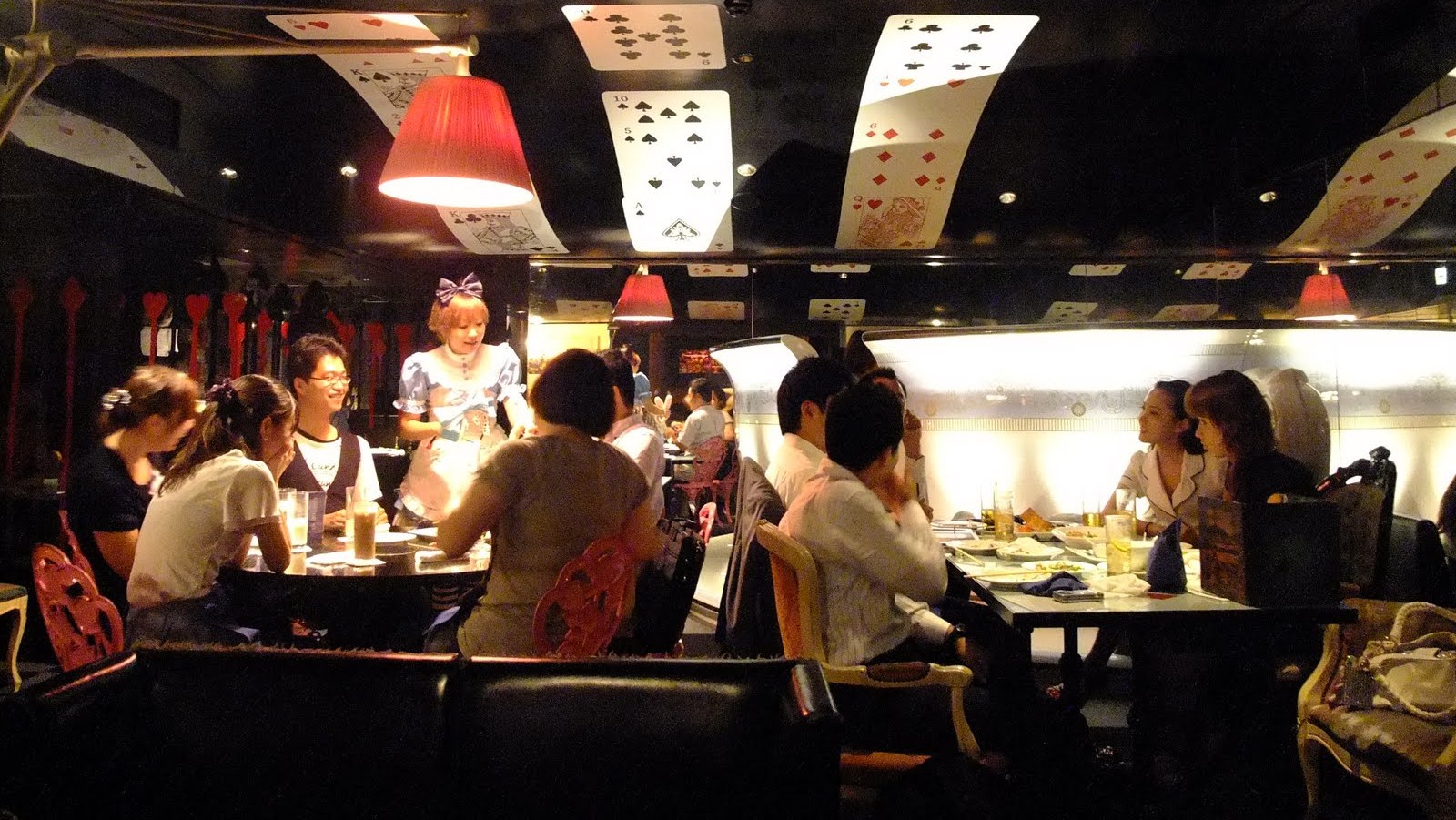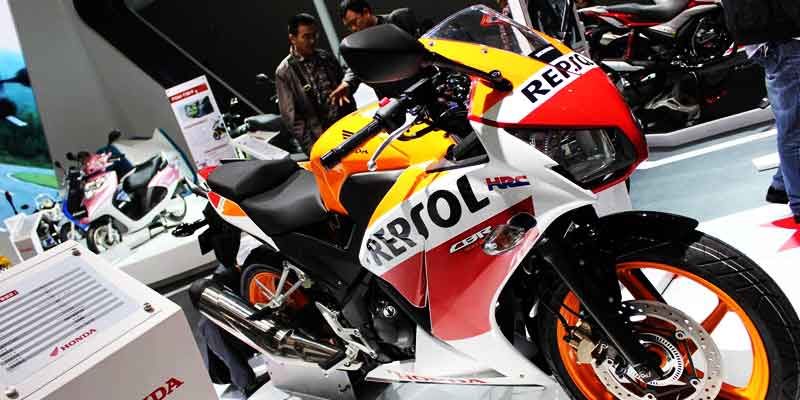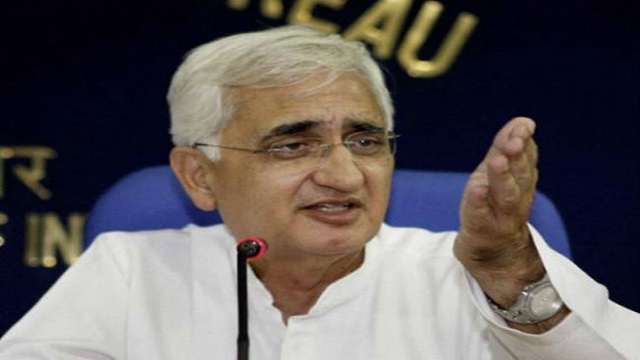On a Friday evening you plan to visit a restaurant with friends and are a little taken aback when you get the bill. What really happened?
On a Friday evening you plan to visit a restaurant with friends to have a nice, full course dinner. Before ordering you check the prices on the menu, but you are a little taken aback when you get the bill. The figures printed in the bill did not match with those in your head and then suddenly you come across terms called service tax and service charge, which overblown the bill by about 15 to 20 percent. What really happened?
As it was a Friday evening and you had been for this evening to come for many days, you are in no mood to question but just pay off the bill. It’s not just the case with you, many of us frequently think that the amount added to the prices is high but don’t question it.
Easy thing made complex
We all have a weird quality to interpret easy things into complicated ones. Taxes and charges on apparently simple things like food and drinks are quarters where consumers are taken for granted. So, being aware of these terms is very important.
1) Service charge
This is debited by the restaurant for providing its services to you and therefore it goes into the pocket of the restaurant owner. The establishments have the liberty to charge any amount as service charges because there is no course of action given by the tax authority on it. The charge differs from 5 to 10 percent and only some restaurants don’t charge it. This is equal to the tips usually paid to the waiters by the people visiting the restaurant. If you are charged service charge in the bill, don’t pay tips as this charge is believed to be divided among the workers.
Most of us don’t raise a question even after realising that the charges collected are higher. First and the foremost common reason is people usually don’t have knowledge about it and they think nothing can be done about it. Secondly, nobody wants to ruin their evening quarrelling with the manager.
Although, the basic rule is, if the restaurant’s menu specifies the service charges, then you have to pay but if it doesn’t, you can question it.
2) Service tax
Usually people confuse service tax with service charges. Service tax is the fee collected by the government on the services provided by restaurants. Also, same amount of service tax is charged in all states – 12.36 percent on 40 percent of the bill, which includes your food, drink and the service charge. However, the eating place must be air-conditioned for charging the service tax.
But, the trouble here is that most of the consumers are taxed at the total bill and not on 40 percent of the bill as per the guidelines. To make things uncomplicated, service tax must be 4.94 percent (12.36 percent of 40 percent) on your entire bill. Thus, at any time you feel that the service tax on the total bill is undoubtedly exceeding 5 percent, you must question it.
3) VAT (Value Added Tax)
Then there is another tax called value added tax – universally termed as VAT – that varies from state to state. It can be as low as 5 percent and can go as high as 20 percent depending upon the state you are dining in. Besides, VAT on food items and drinks are different. Many restaurants frequently club food items with drinks, and charge a flat amount on the entire bill. In such case, it is good to ask for separate bills for food and drinks. This must evidently show the different VAT for both the items.
Most of the times, we have no authority to do anything about the overcharging by the restaurants. It is not just because of our reluctance but also unawareness of restaurant managers. Therefore, you can question the bill and get it rectified.





